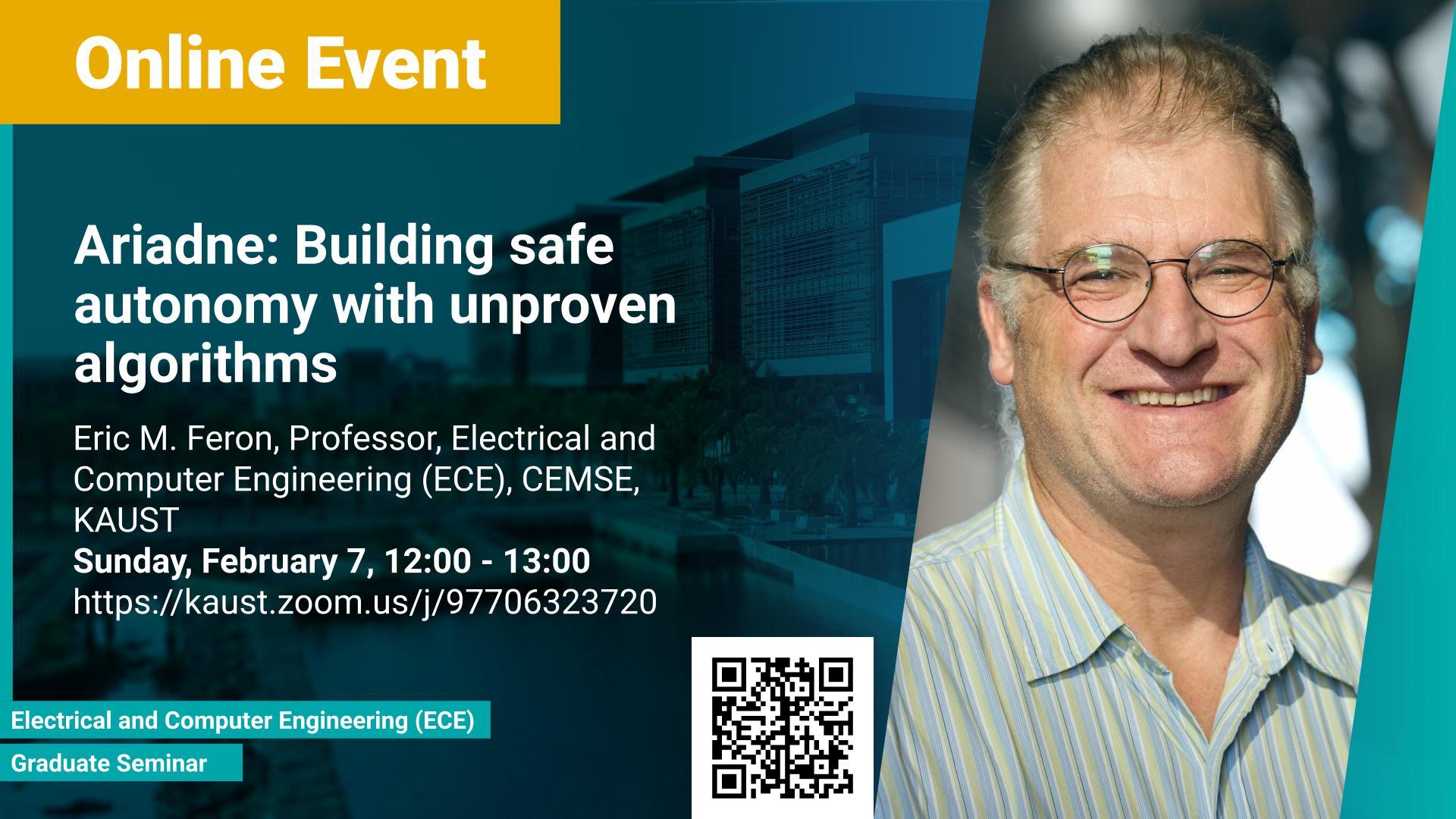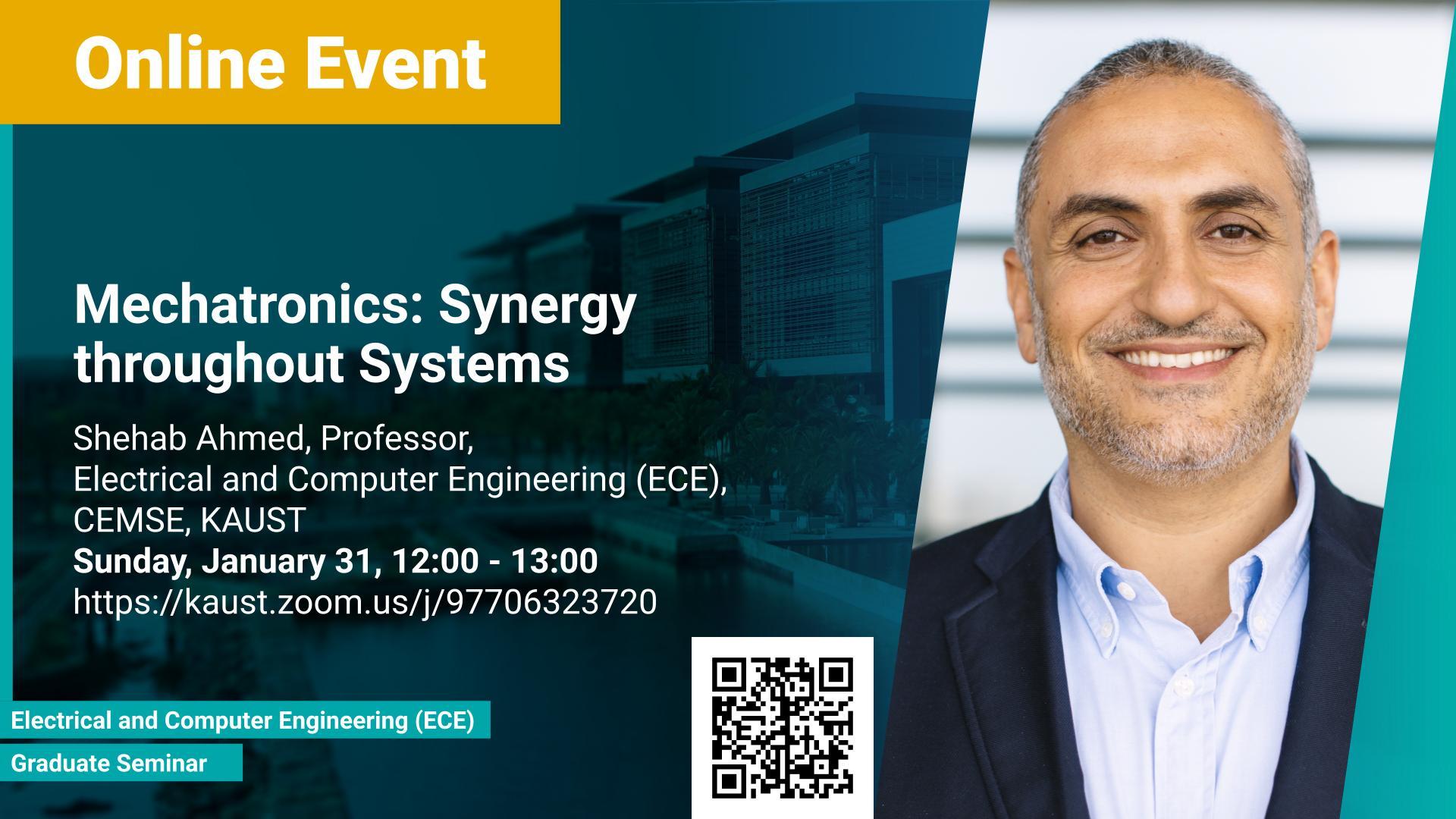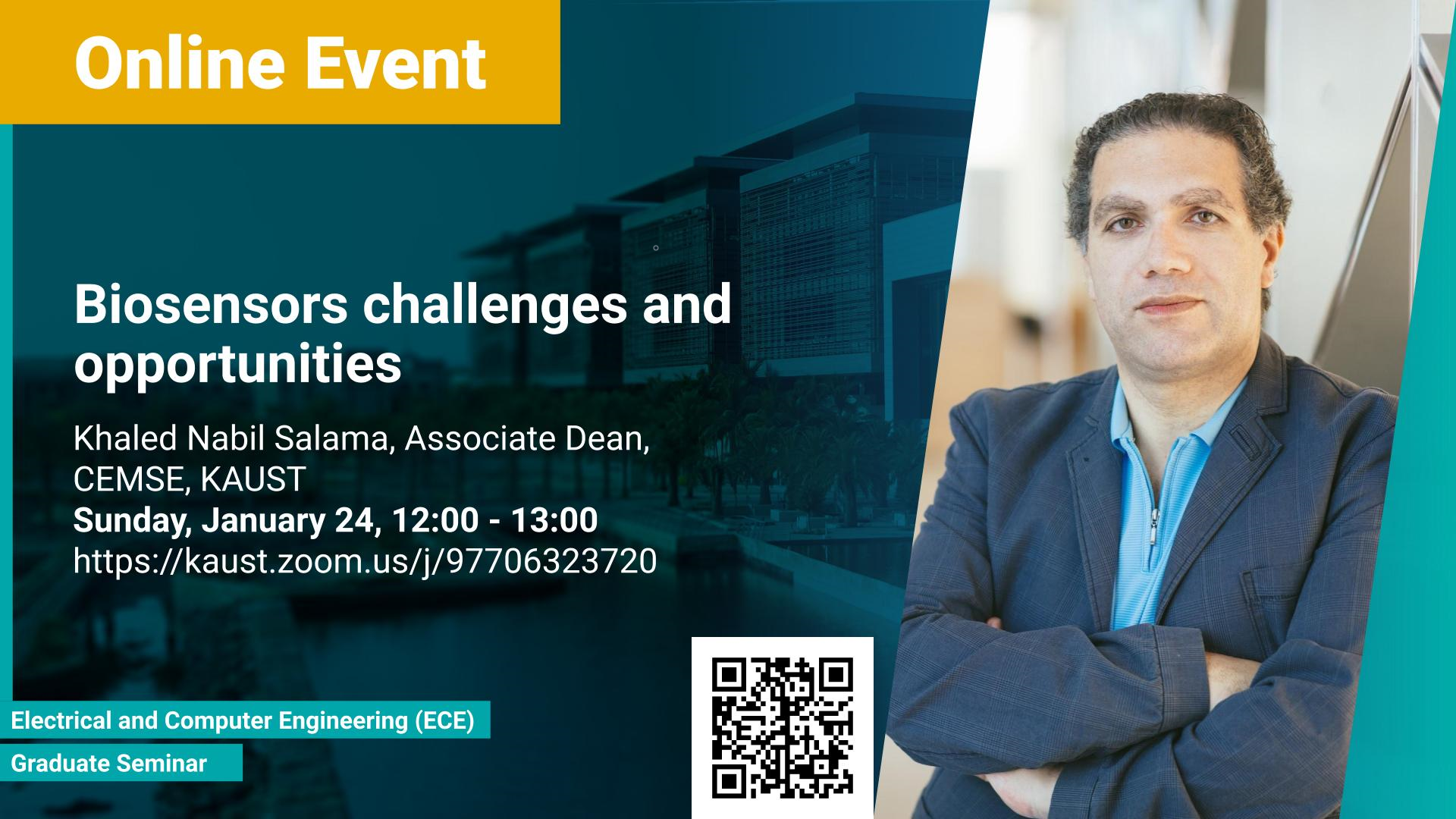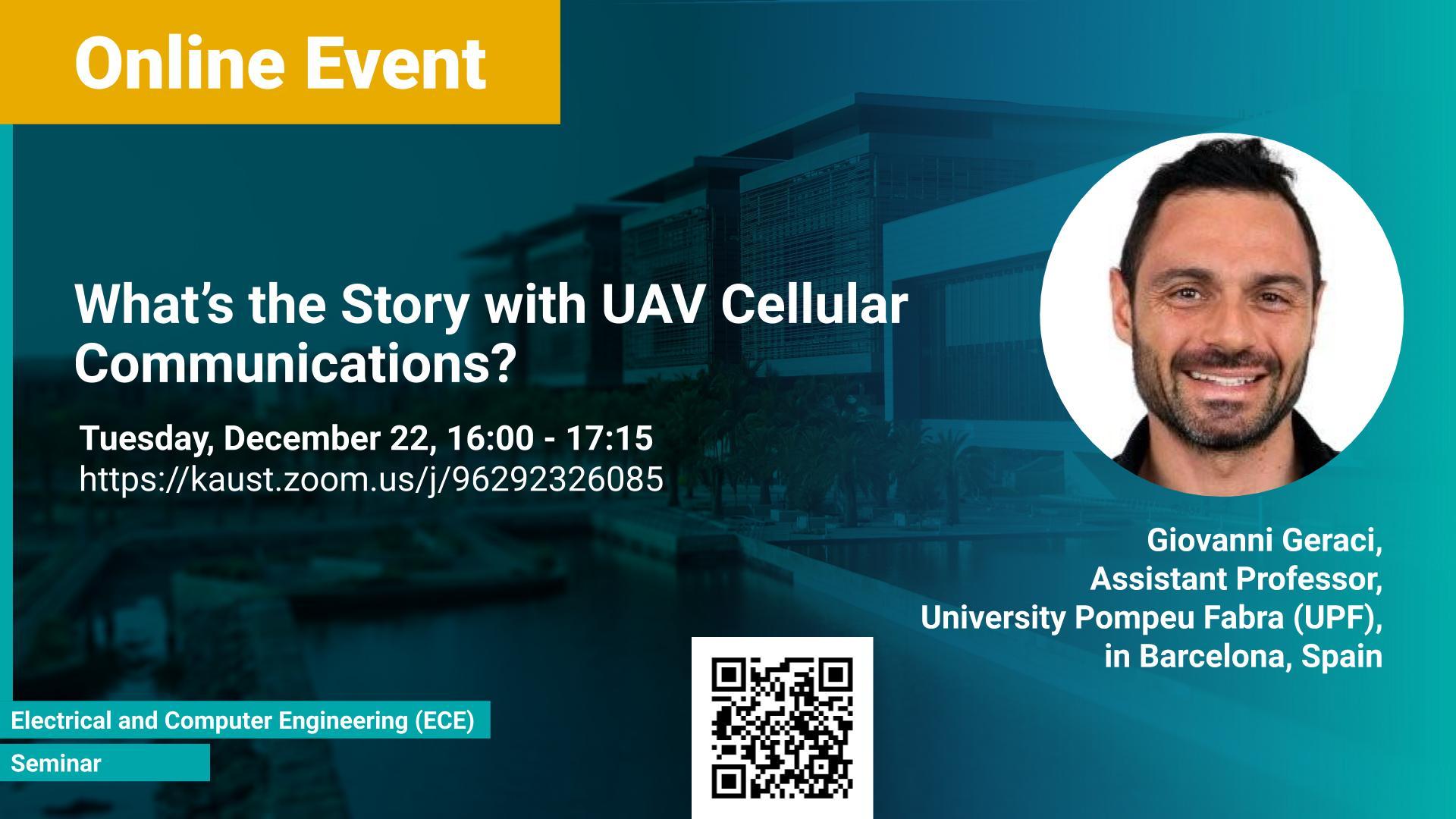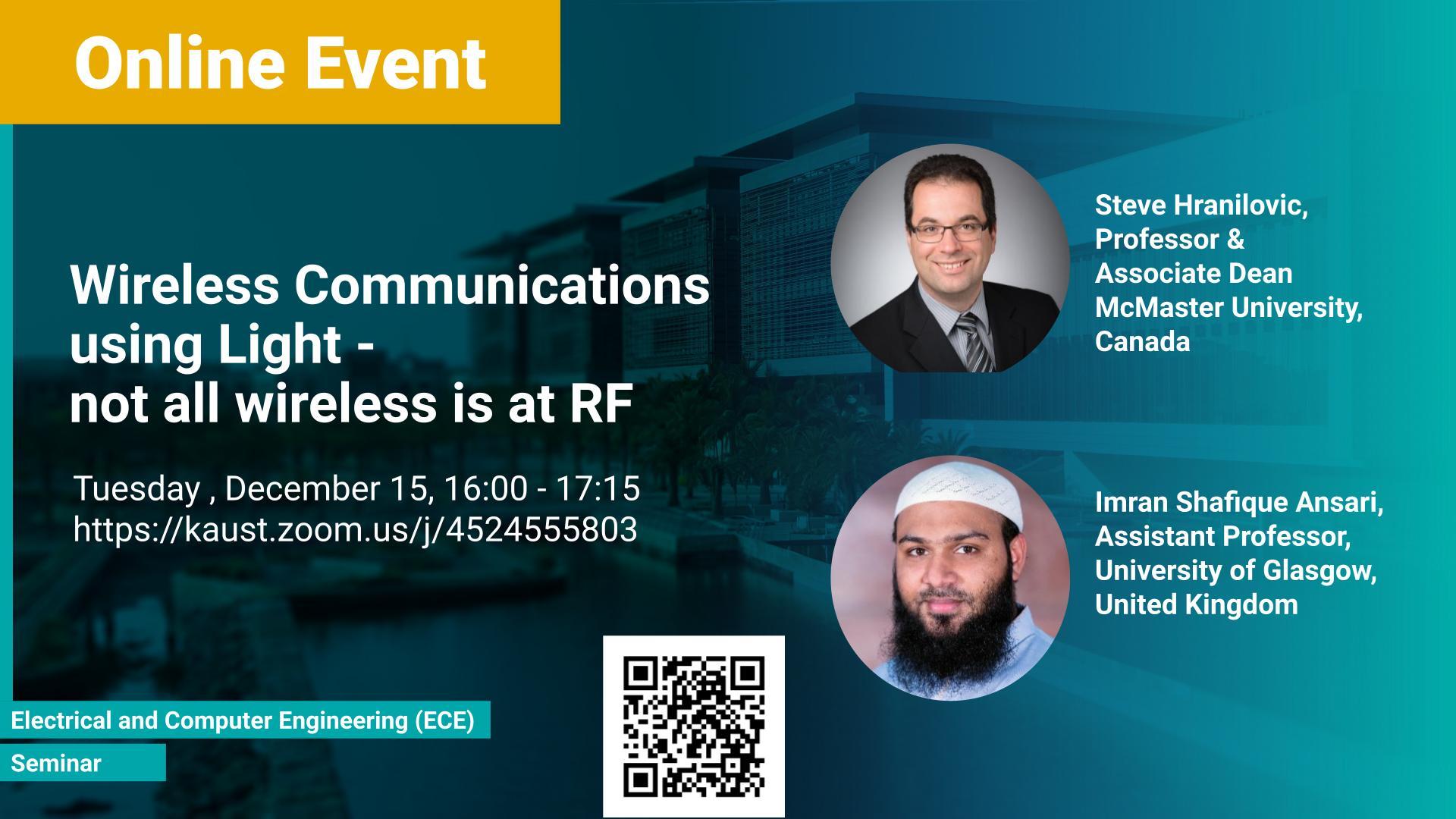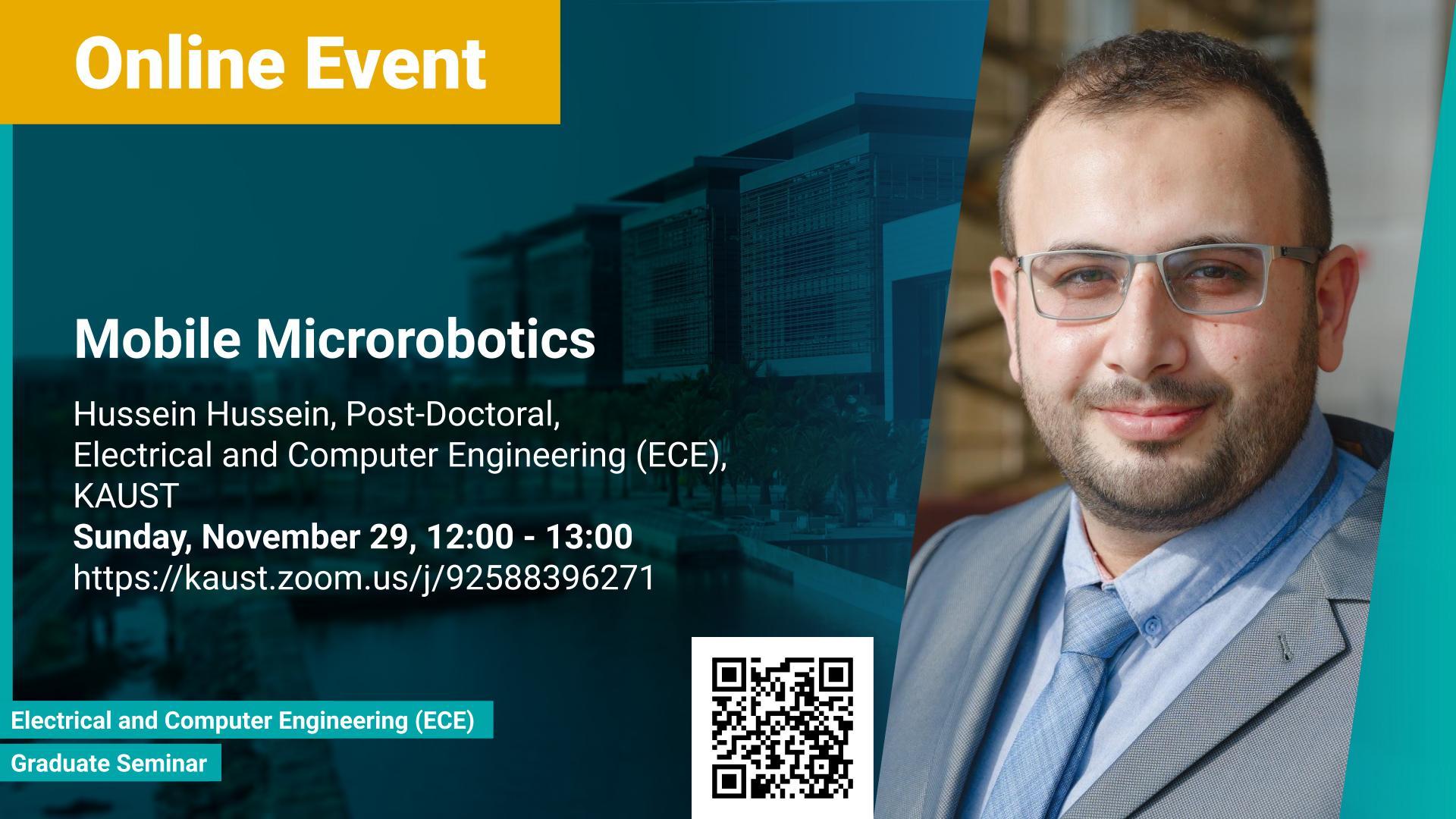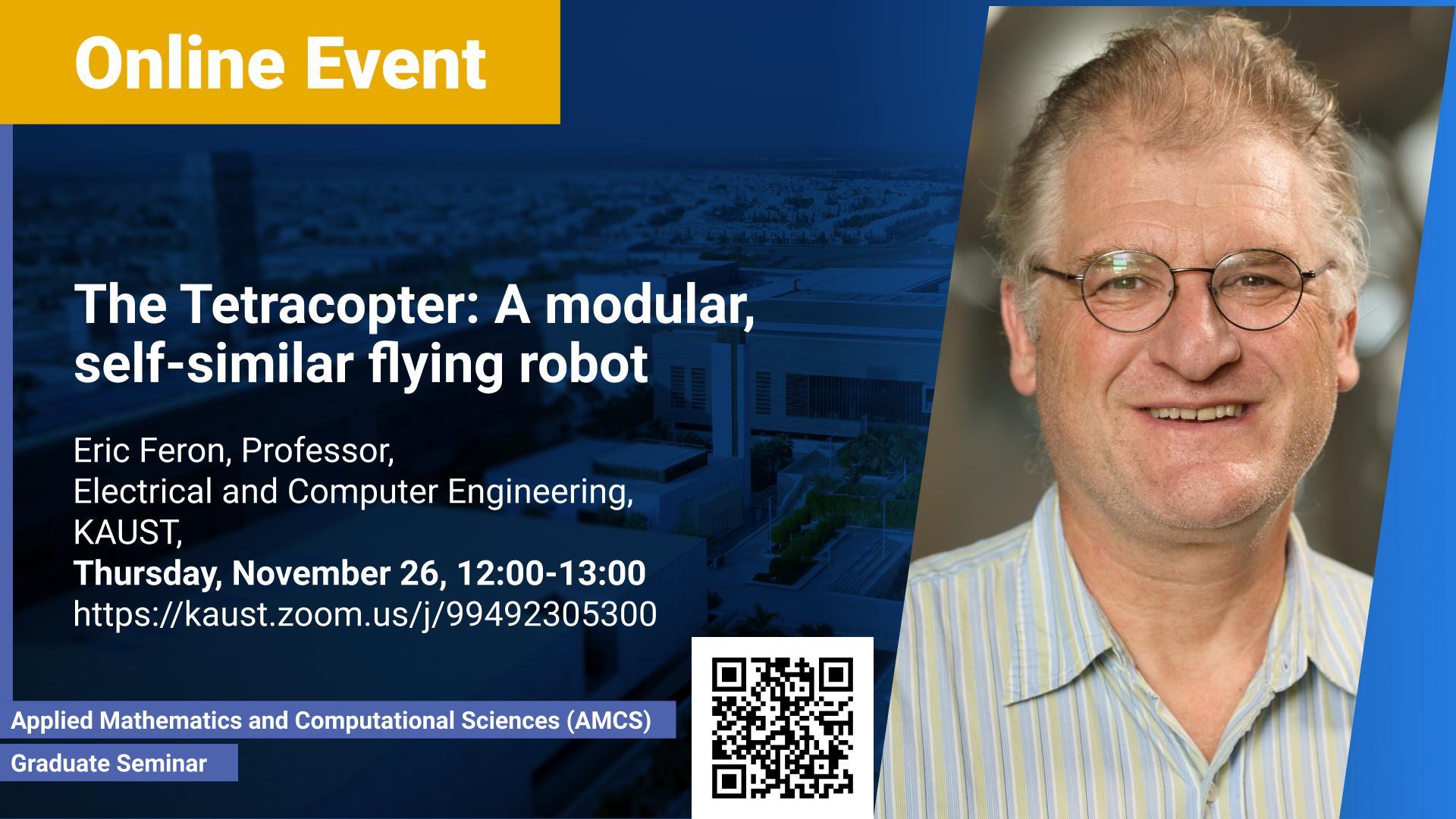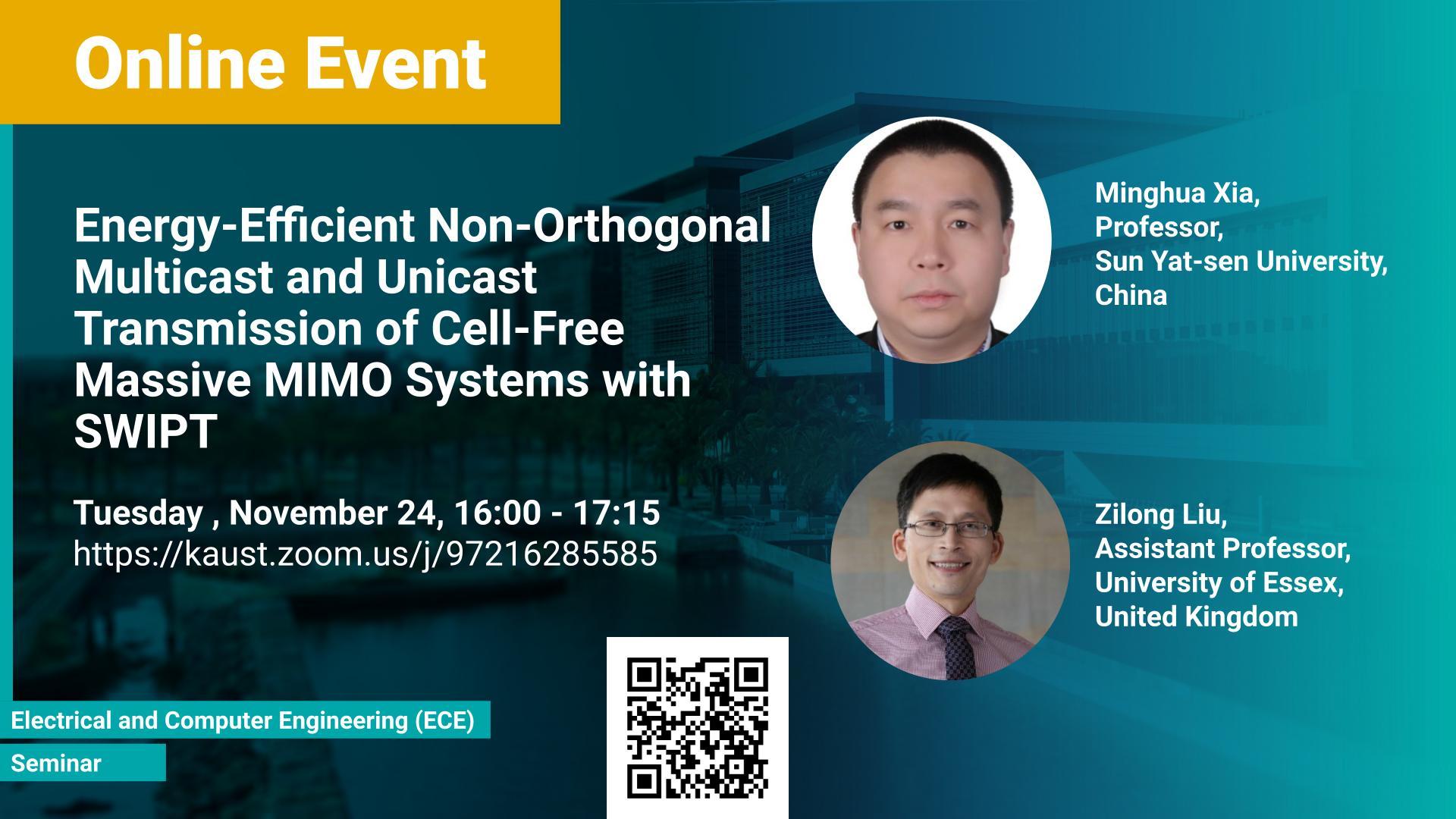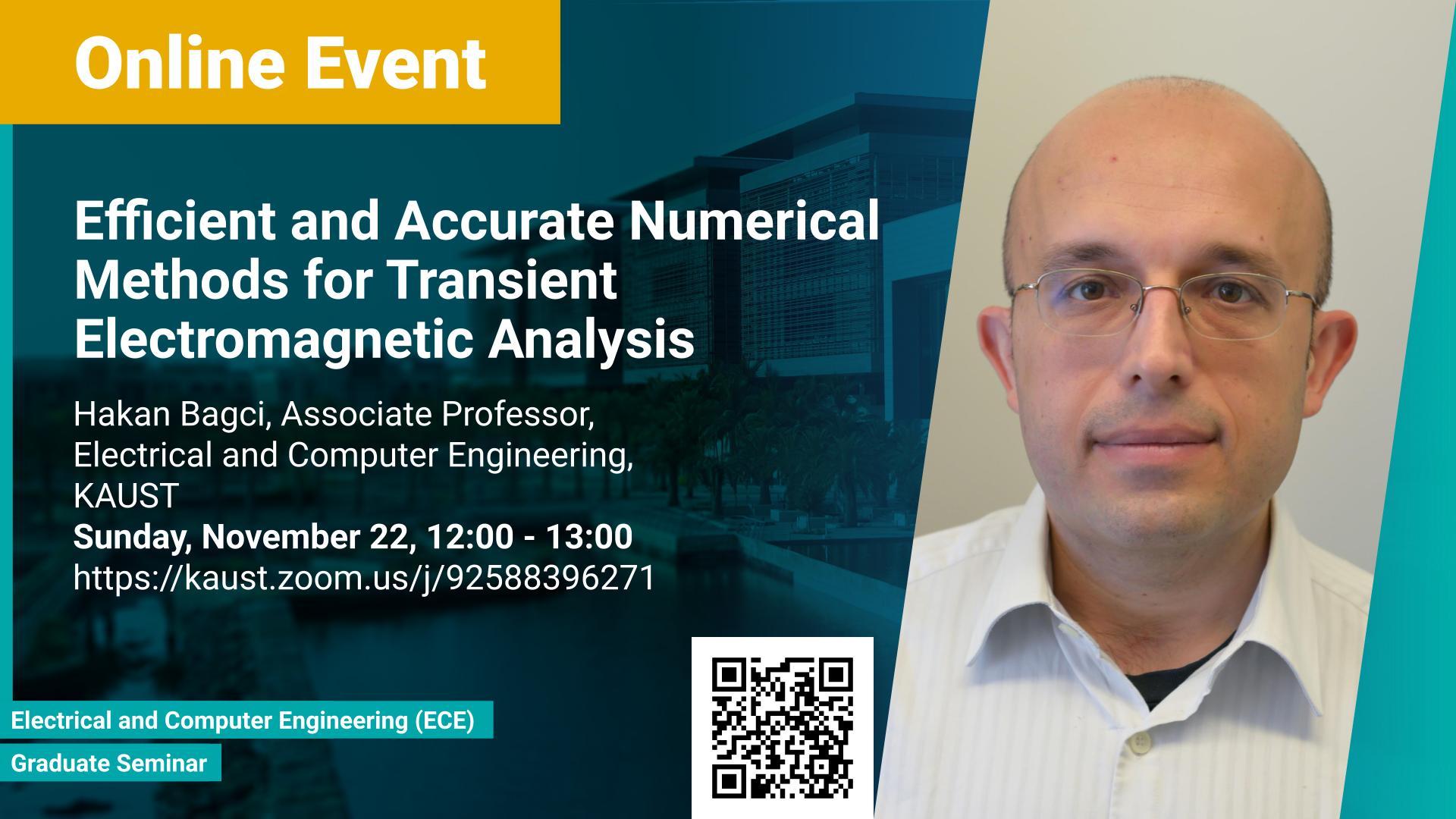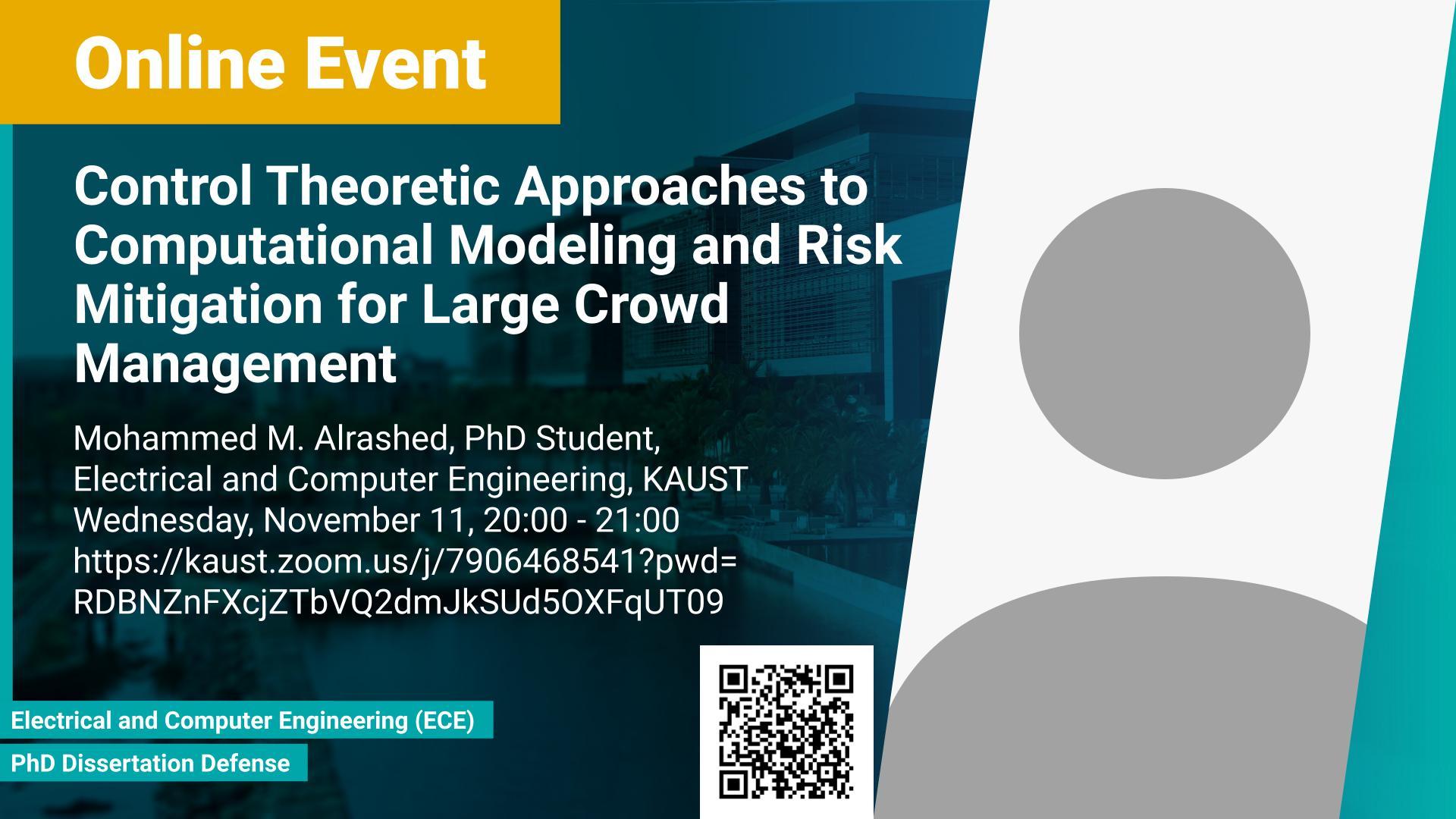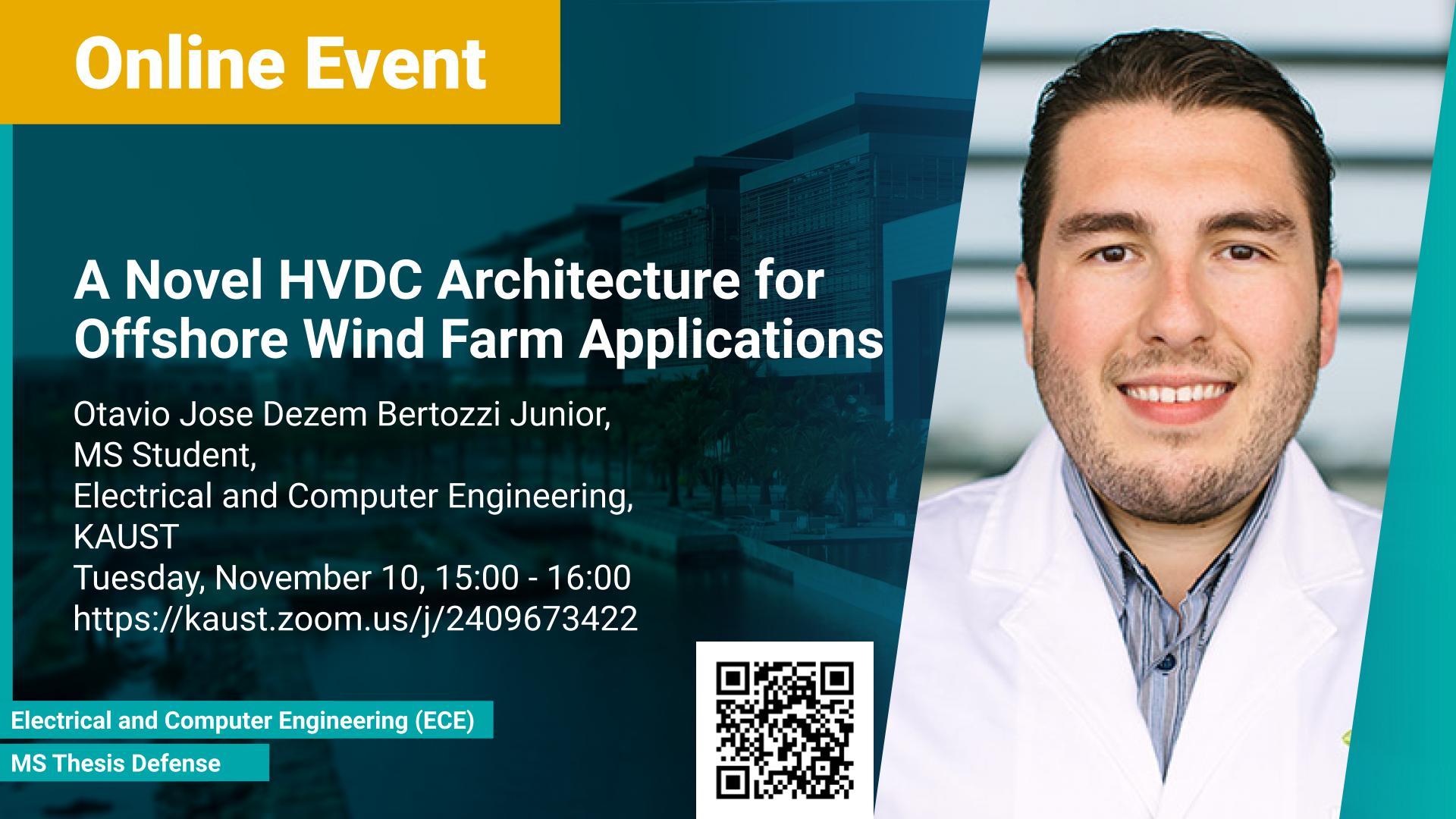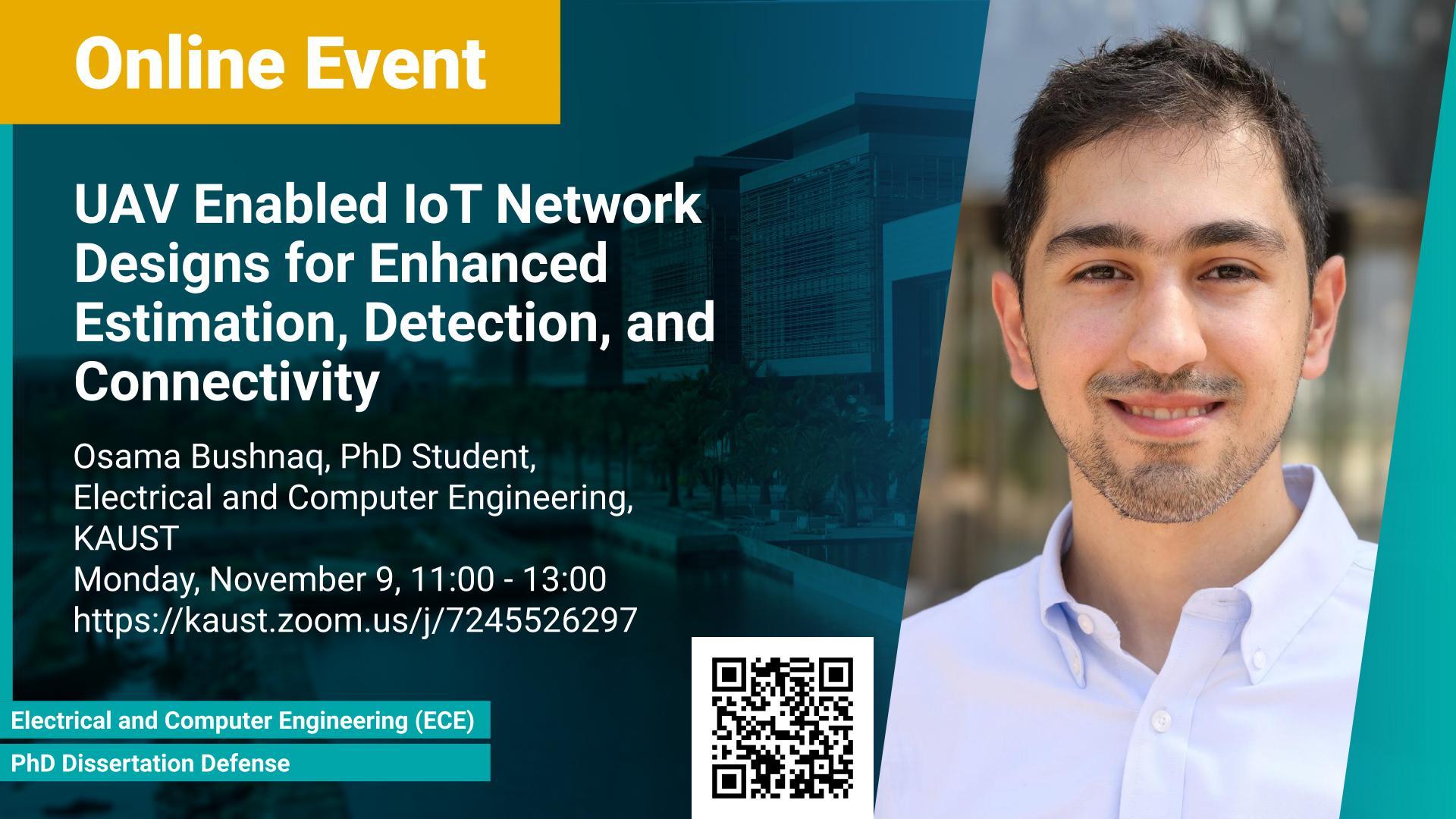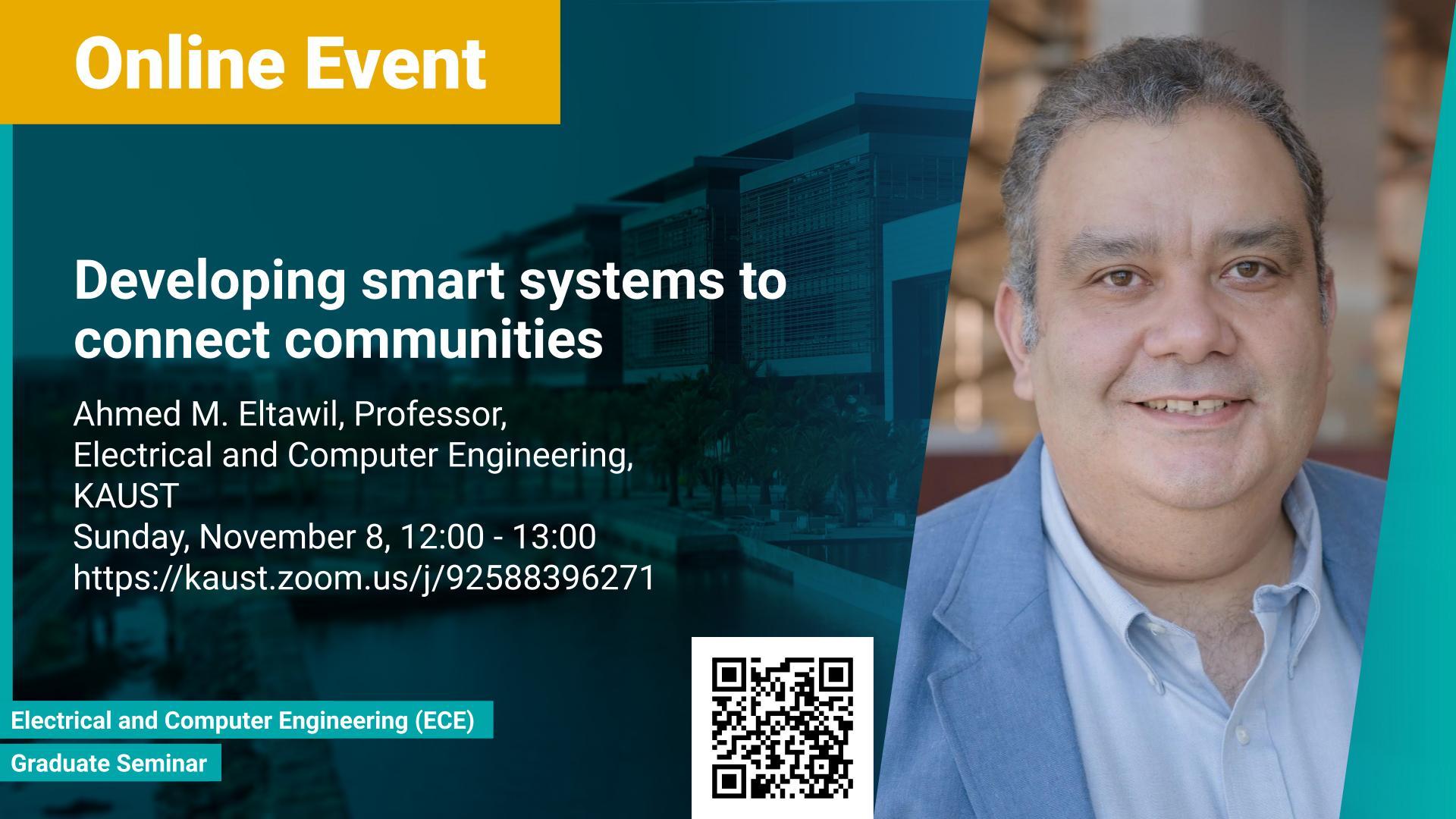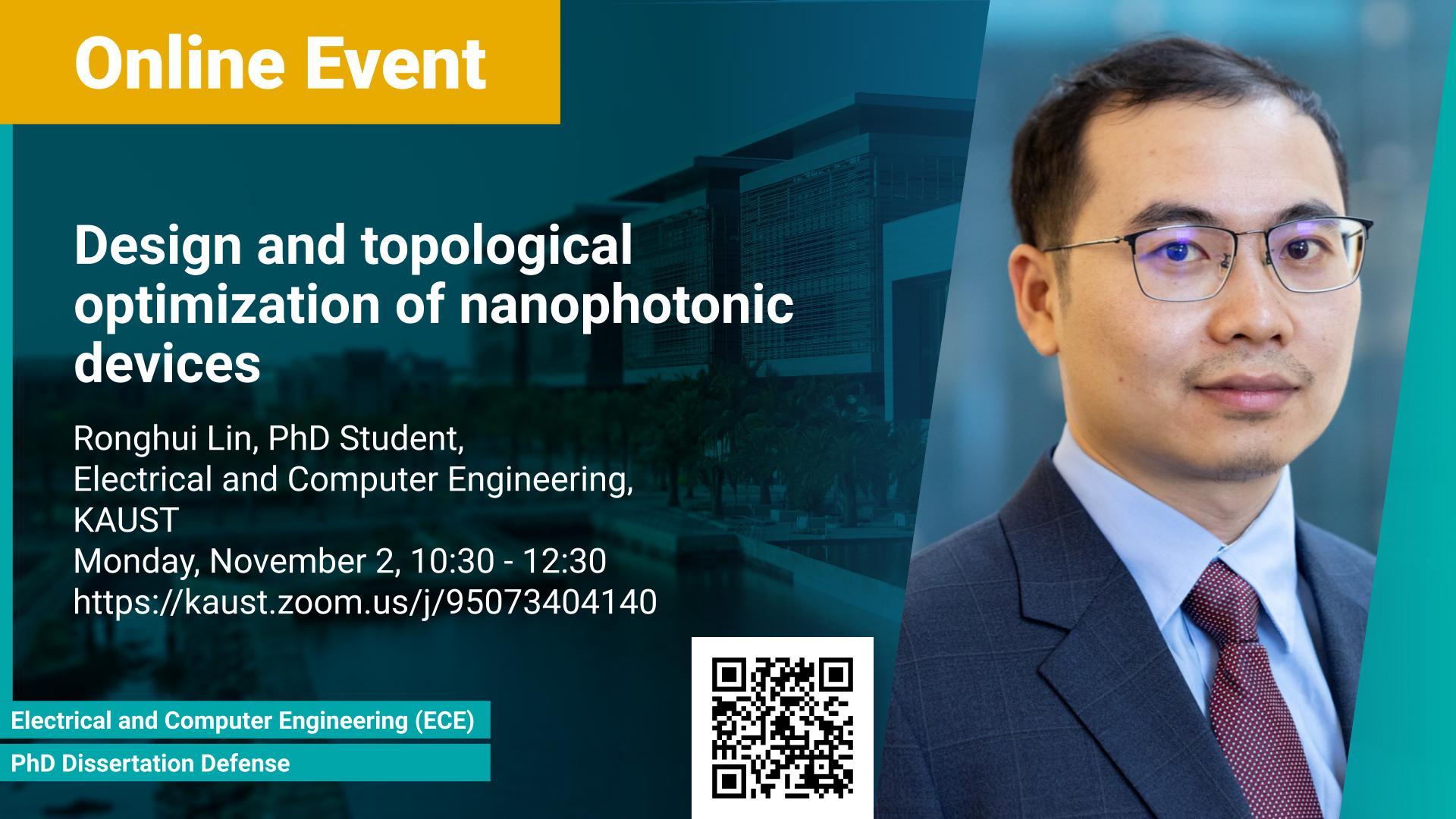Derya Baran, Assistant Professor, Material Science and Engineering, PSE, KAUST
Sunday, March 07, 2021, 12:00
- 13:00
KAUST
Contact Person
The need for big data that the internet of things (IoT) has created in recent years has turned the focus on integrating the human body in the quest to understand it better, and in turn use such information for detection and prevention of harmful conditions. Applications in which continuous and uninterrupted operation is required, or where the use of external power sources may be challenging demands the use of self-powered autonomous systems. Organic photovoltaic devices are flexible, lightweight, and soft, capable of interacting with the human body and its mechanical demands. Their processability from solutions permits their adaptation to versatile fabrication techniques such as spin coating, roll-to-roll coating and inkjet printing, with benefits including low material usage and freedom of design. In this talk, I will present how organic photovoltaics can be utilized in printed electronics as energy harvesting devices and go through the historical progress of organic/hybrid photovoltaics as well as the main activities that are ongoing in my research lab ‘Omegalab’.




